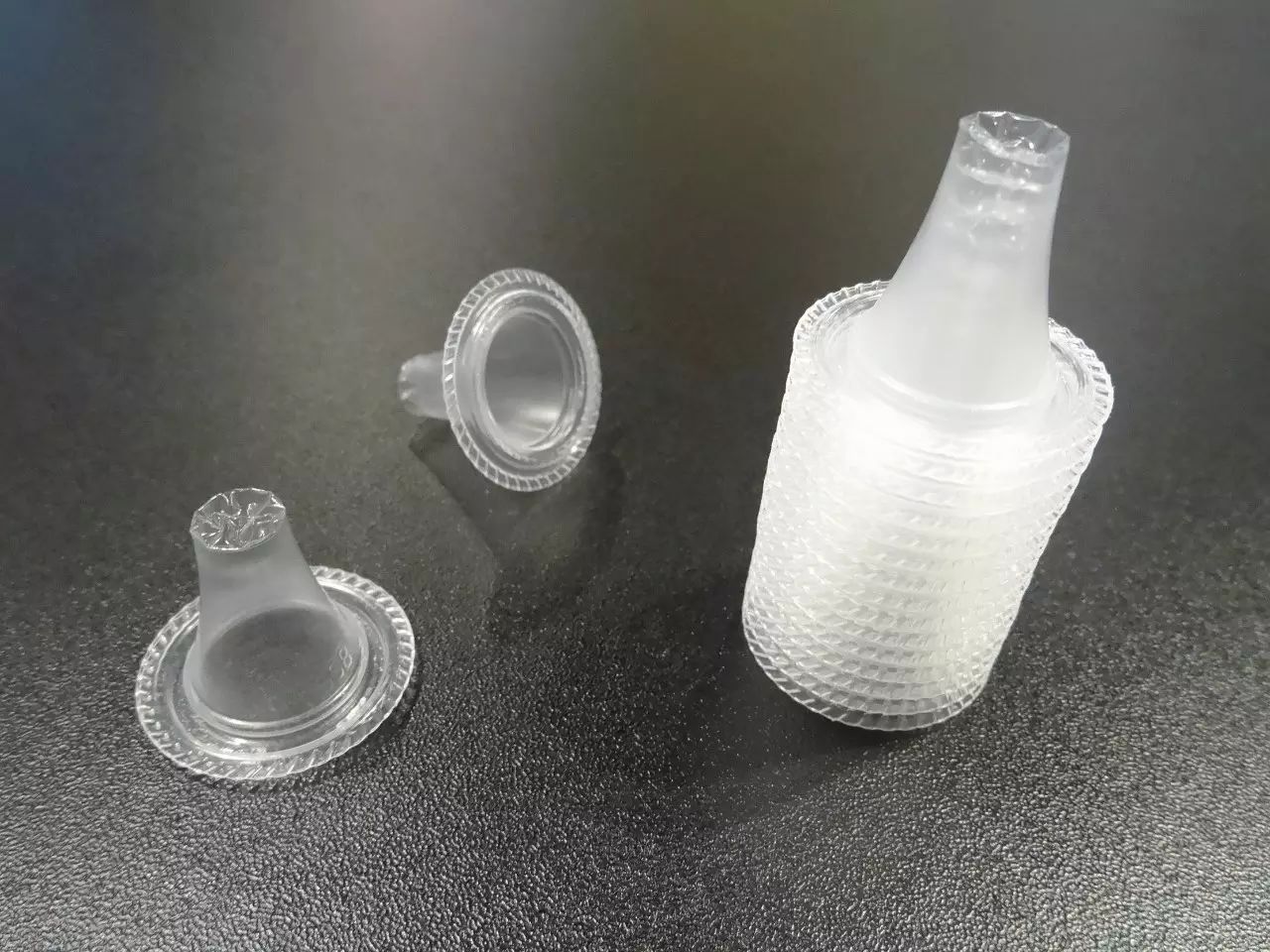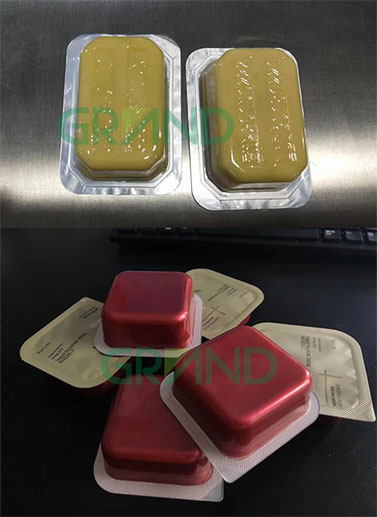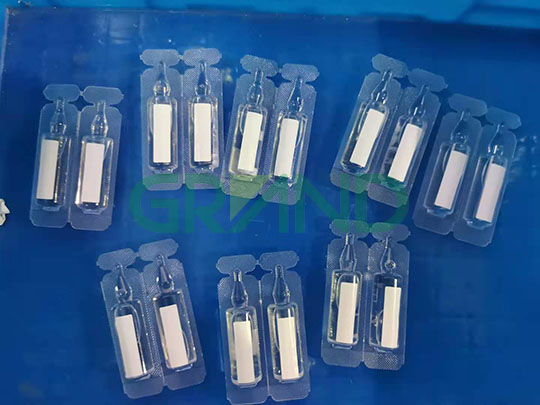Thermoforming or injection molding, which one is your selection? Different companies can make their decision depending on their expected cost, efficiency and quality. However, thermoforming and injection molding are not always opposite to each other. On the contrary, mixed use of thermoforming and injection molding can bring about wider prospect.
Searching thermoforming or injection molding online, we can find tens of links about it. But it can also be seen that thermoforming is not so influential to plastic industry as injection molding.
1. What is thermo forming and what is injection molding?
Thermoforming is a method by which thermoplastic sheet is processed for production (currently many kinds of composite material can be used too).
In production, sheet with certain size and shape is fixed by the mould frame. It is then heated to the high elastic state. At the same time, the sheet extends. Then the sheet will be pressed against the mould and obtain the shape of the mould. After cooling, shaping and modifying, the final products are made. The pressure of thermal forming comes from the pressure difference of vacuum and compressed air, or mechanical and hydraulic pressure.
As production technology develops gradually, thermoforming equipment is no longer a standalone plastic sheet forming system, but a part of a production line with other equipment for higher production efficiency and lower production cost.
On the other hand, what it injection molding? It refers to the method by which polymer granule or powder is heated, compressed, sheared, mixed, conveyed, homogenized and melted. Then a plunger or an auger will press the melted polymer to inject it to pre-locking mold cavity through the injector of hopper and injection system of the mould. After cooling and shaping, plastic products with certain shape and accuracy can be made.
Injection molding is one of the most important plastic processing methods. It has integrated more and more systematic notions in recent years. Material can be processed systematically and intelligently and products can be tested, assembled and packed on-line.
2. Comparison to thermo forming and injection molding
Many plastics can be processed by thermoforming or injection molding. Popularity of injection molding of large or thin-wall parts also narrows traditional limits. However, it is still not so easy for producers to make a choice from thermoforming and injection molding. They must consider many factors.
1) Cost
Cost is always the first factor considered by producers. There are some related factors involving cost.
A. Low mould cost for thermoforming
Mould cost for thermoforming is so lower than that for injection molding. Thermoforming, especially pressure forming can bring about high efficiency in cost for large products, especially when mould cost will be high for injection molding. Low-cost pressure forming can still guarantee products’ quality. Besides, the high-quality appearance of products by thermoforming can meet customers’ needs.
Another factor for mould cost is the product size. As the size increases, the mould cost difference between thermoforming and injection molding can increase. It’s more economic for large products to be processed by thermoforming. And the larger the product is, the more advantageous thermoforming will be. Normally, the size of thermoformed products can reach even 1200*2400mm.
B. Low unit cost for injection molding in mass production
Small products can be mass produced by injection molding for low unit cost. However, there are also exceptions: for example, thermoforming can still be more economic for thin-wall small products.
At NPE (2015) in USA, Kiefel introduced protective sheath for children’s ear temperature test. It was unthinkable that such thin products were produced by injection molding.

C. Material cost
Thermoforming cost about 50% higher than other methods in material since the material for thermoforming must be of high quality.
D. Energy consumption
Plastic sheet should be flexible during processing. It sometimes will break due to overstretch, which is a waste and will increase cost.
2) Efficiency
Efficiency is also an important factor for manufacturing industry, including not only production efficiency but also product developing efficiency and the efficiency for coming in the market.
A. If products should come in the market in shorter time, thermoforming can have obvious advantages
Production speed can be much higher by thermoforming. Once product diagram is determined, the material can usually be thermoformed in a month, which is impractical for injection molding.
B. Higher efficiency for product investigation and adjustment
It’s easier to modify mould for pressure forming and thermoforming than injection molding. Because most trimming is directly finished in 5-axis machining center, other secondary trimming adjustment can be completed just by modifying the program. Besides, it’s also easier to adjust alu mould than steel mould.
It’s more flexible and economic to adopt thermoforming for products to be investigated, especially when the products are completely new and there is no manufacturing experience for reference.
It cost shorter for thermoformed products to go into the market, usually about 6 to 8 weeks. And the products can be variable in appearance, pattern and so on.
C. System stability in mass production
Concrete analysis should be made for each special product. In fact, the two method can all generate high manufacturing efficiency.
3) Quality
Thermoformed and injection molded products have their own merits in quality.
A. High quality and durability
Thermoformed products can rival injection molded products in quality. But thermoformed products are only processed at one side, i.e., the mould can only help forming of one side of the plastic sheet. The end products’ thinness is usually determined by the part design.
Thermoformed products has beautiful appearance with level A and have no problems like gas lines, sink mark, dissolution mark and so on as injection molding.
Items | Thermoforming | Injection molding |
Material | Cost | Pretty high (higher than resin material) | Pretty low |
Amount | Pretty high (up to 40% considering scrap material) | Pretty low (less waste) |
Machine cost | Lower than injection molding | Higher than thermoforming |
Mould cost | About 1/10 of injection molding mould | About 10 times higher than thermoforming mould |
Trimming equipment cost | Relatively high | Negligible |
Product thinness | Min. thinness | About 0.05mm | 1bout 1mm |
Uniformity | Hard to control | Very uniform |
Rigidity | To guarantee rigidity in large area by special techniques | Excellent |
Appearance | Gloss | Not very good | Excellent |
Detail | Not excellent | excellent |
Production flexibility | Very high | low |
Production time | Short | About 4 times longer than thermoforming |
B. Thin-wall products can be produced by thermoforming in large scale.
C. Special material
Special material is another factor that should be considered while choosing molding technique.
D. Thermoforming equipment can only process material at one side by mould. Therefore, it’s difficult to thermoform products’ sharp angles and hard corners but it’s common to generate internal stress.
Thermoforming is a technique with both merits and demerits. But it is still highly efficient and can process products with wide size range and variable shape. Therefore, it is still used for mass production of high-quality products.
It should be emphasized that the above performance comparison is based on normal production, excluding the influence of special cases or science innovation.
3. Does thermoforming always battle against injection molding?
It’s prone to compare thermoforming with injection molding. But now another trend attracts much attention: more and more applications integrate thermoforming and injection molding although they are two fundamentally different methods. Perhaps such applications can impress us well with its higher efficiency.
Application of thermo forming in pharmaceutical and packing machinery
In our pharmaceutical and packing machinery industry, theomo forming is widely applied, such as on thermo forming blister packing machine, thermo forming mono dose ampoule forming filling and sealing machine. We can take a look at the below samples for reference from different regions.

Thermo forming mono dose blister package for sauce, cream and butter

Thermo forming mono dose ampoule for liquid.

 English
English




